The Salmon Industry claims that the salmon we eat is healthy, that it comes from pristine areas, and that it is farmed in a sustainable way.
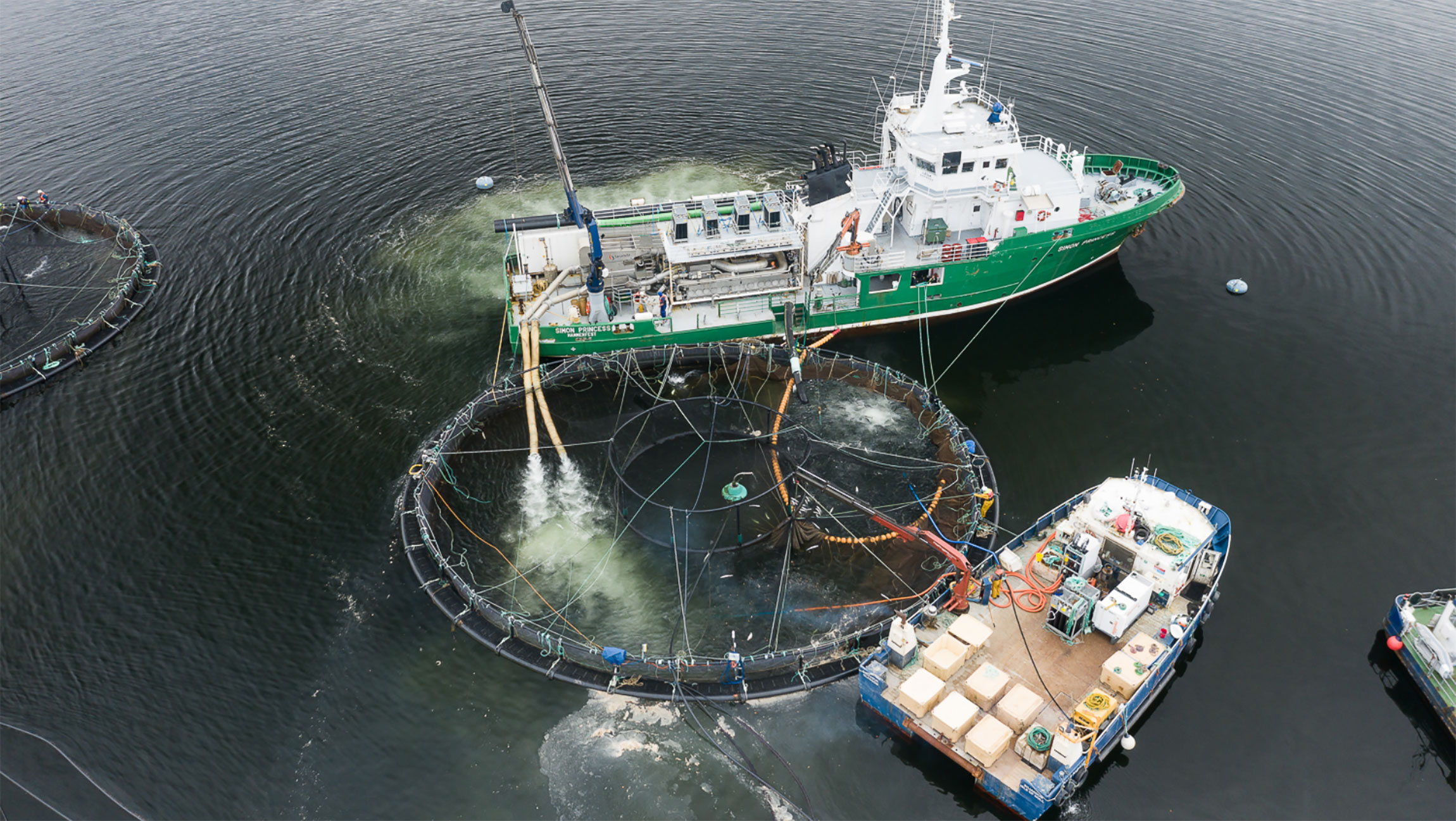
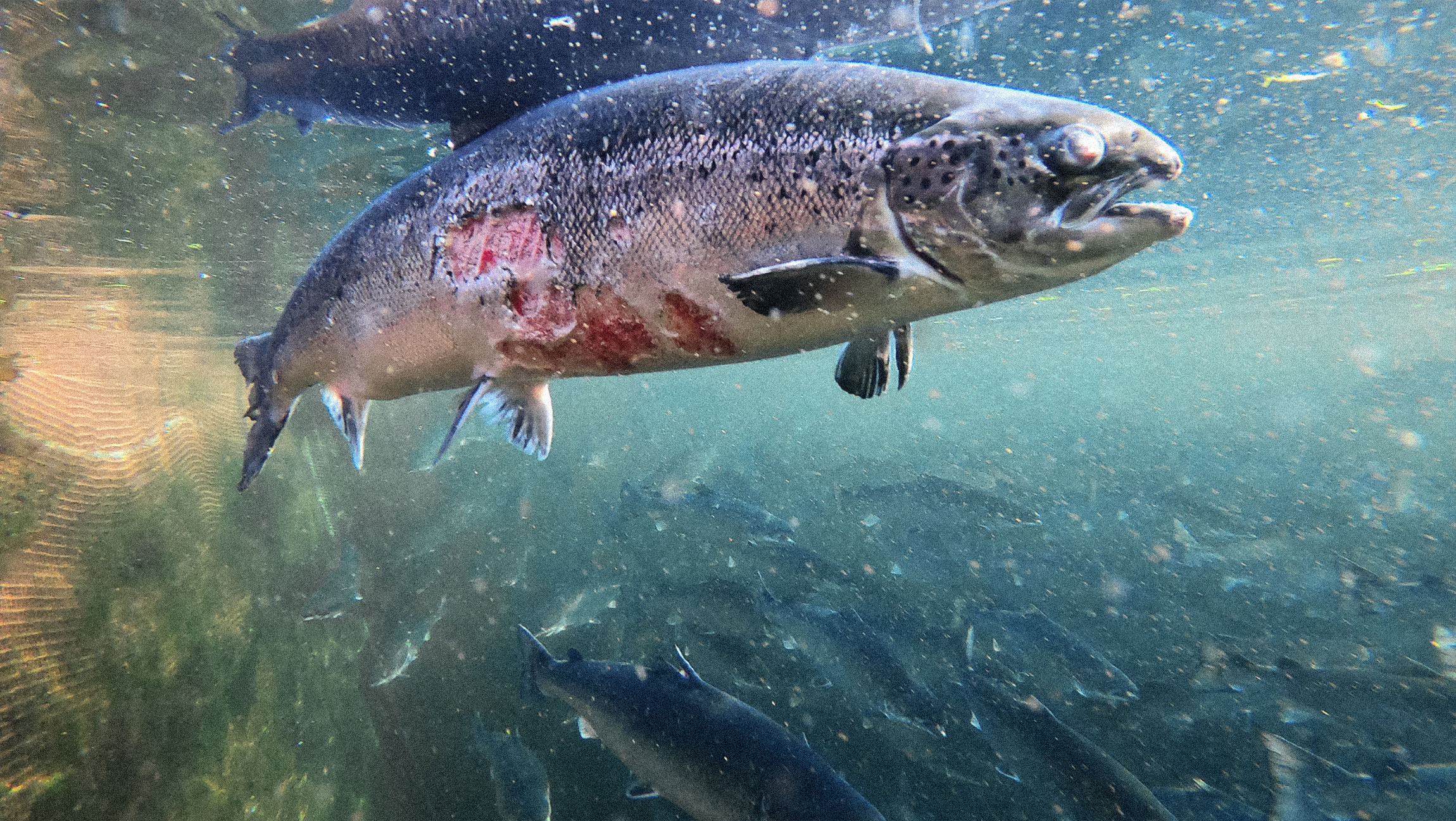
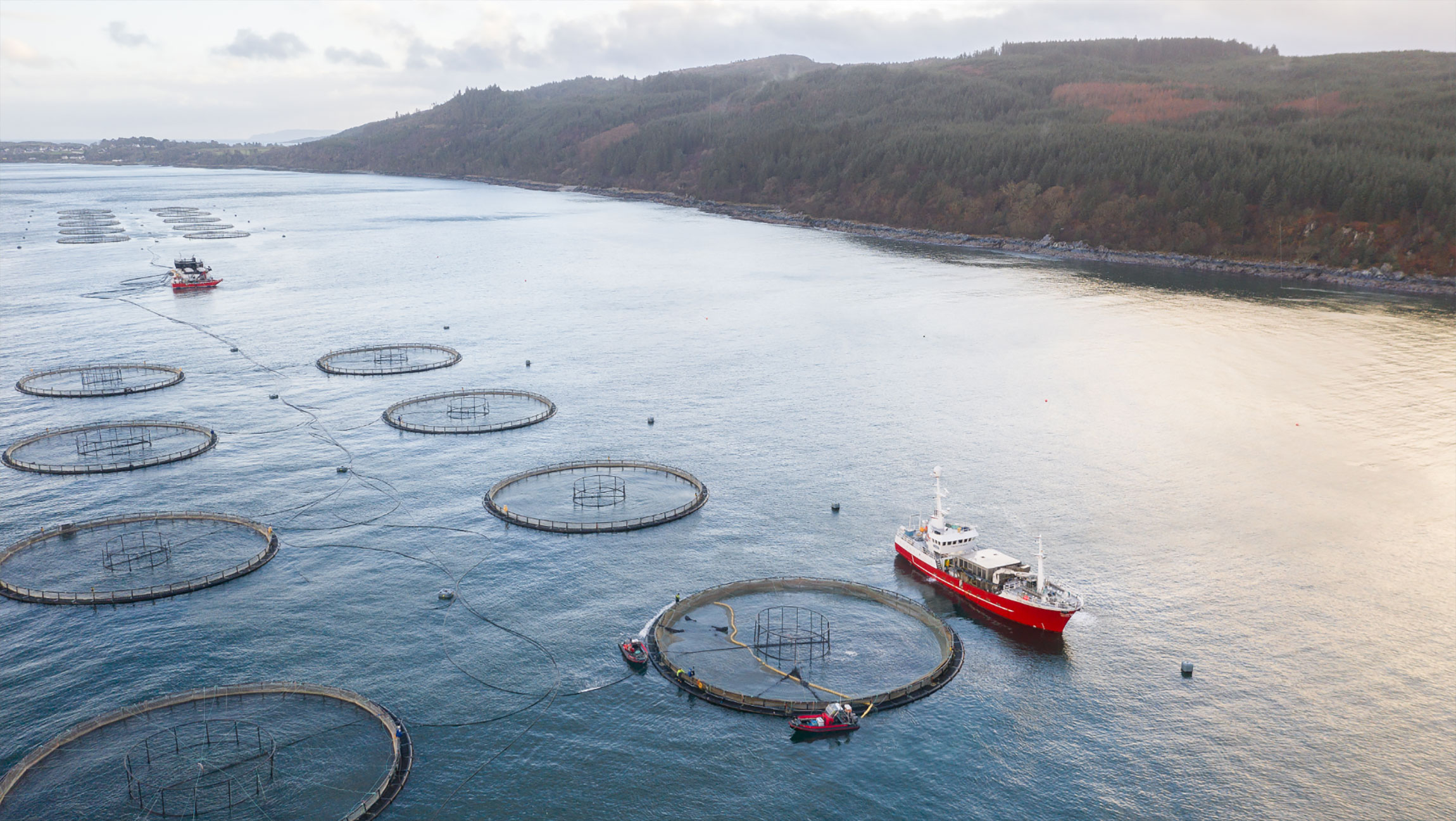
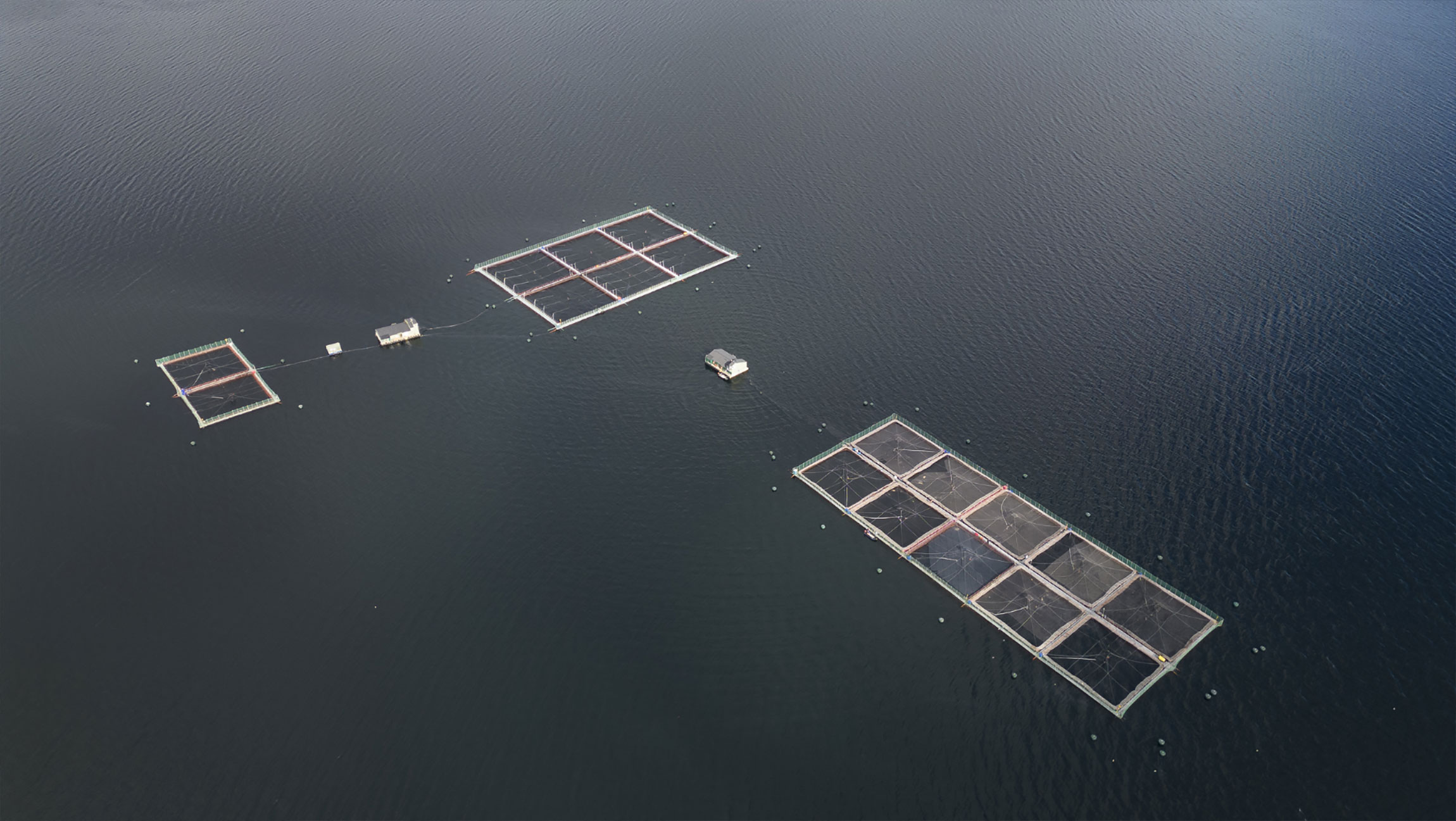
The problem
Why are we fighting the salmon industry?
The Salmon Industry claims that the salmon we eat is healthy, that it comes from pristine areas, and that it is farmed in a sustainable way. They even claim to be the solution to the global protein problem, by helping solve overfishing and contrasting themselves to the meat and chicken industries, which operate with feedlots.
Well, guess what? All of this is far from being true.
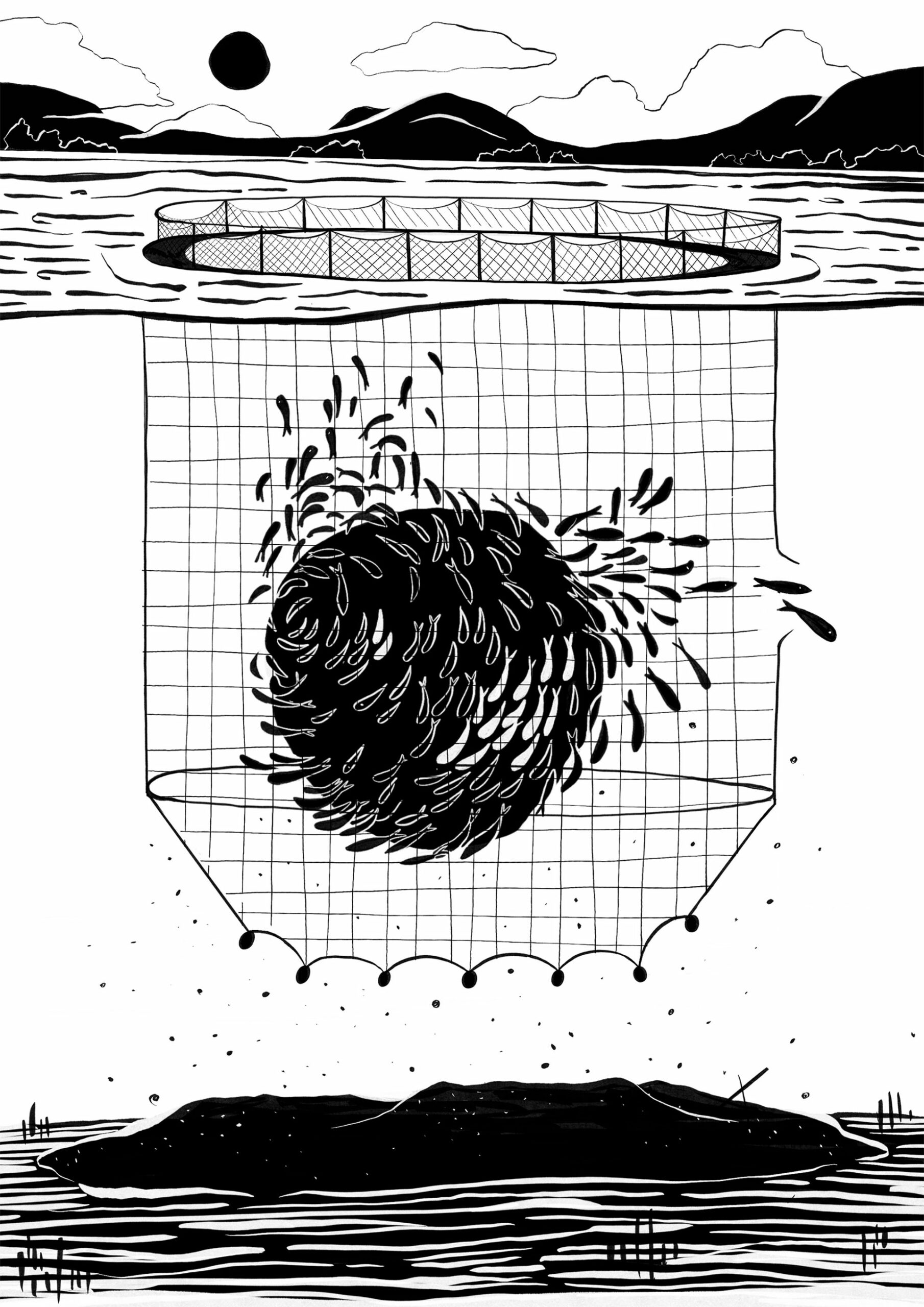
“The aquatic equivalent of the chicken is the pink salmon, another being genetically programmed to be a monster, raised in hatcheries on the edge of the sea, fed with mixtures that accelerate growth and preventively treated with antibiotics. Its forced mass breeding has managed to unbalance the ecosystem to the point of making wild specimens disappear, of which there are only a few remaining specimens in a few places, such as Alaska.”, says argentinian doctor Mónica Müller.
80% of the salmon we eat is not wild, it is produced in salmon feedlots.
These feedlots have numerous dreadful consequences on marine ecosystems and biodiversity, human health, and fish welfare:
Salmon feedlots are overcrowded open nets, submerged in the ocean.
Feedlot salmon catch different diseases and sea lice and are, therefore, treated with heavy chemicals and antibiotics that generate resistance and pollute the ecosystem.
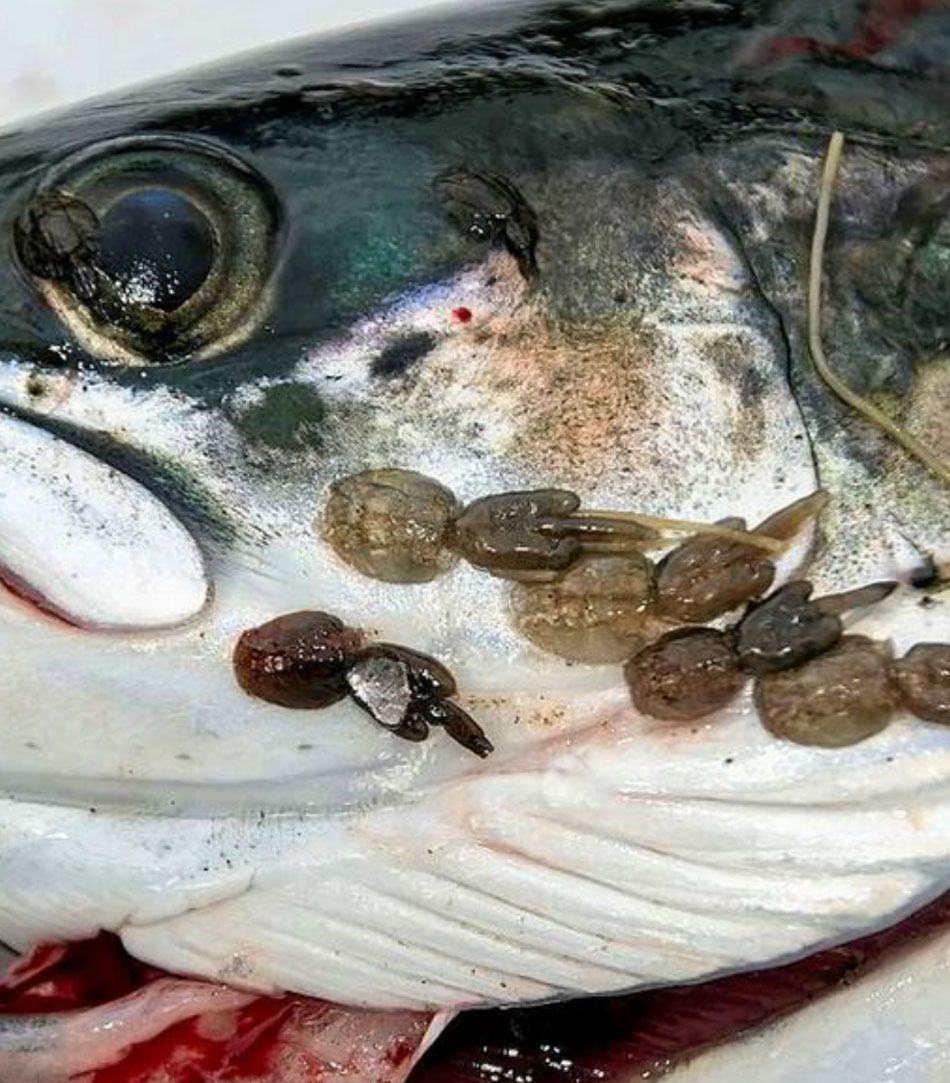
_
CREDITS
Photo by Francisco Ferraro @fferrarophotography
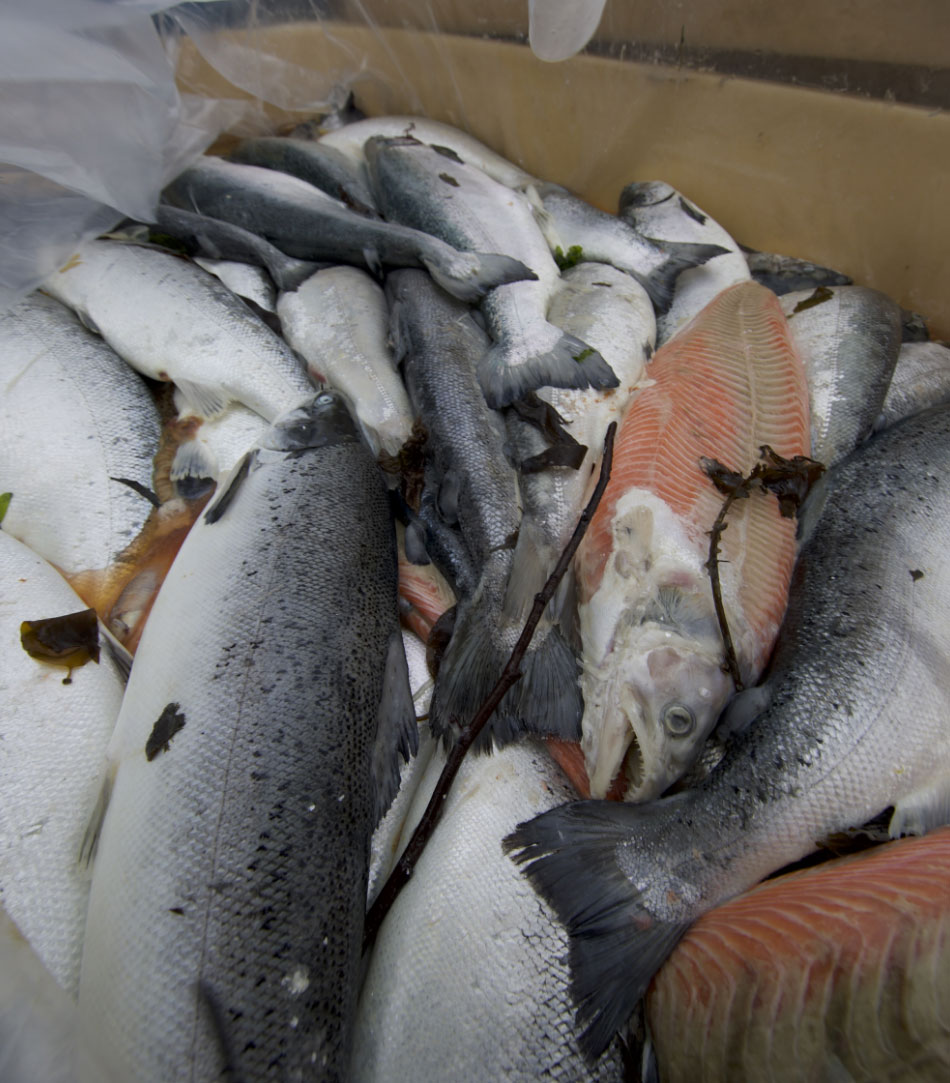
_
CREDITS
Photo by Francisco Ferraro @fferrarophotography
Escapes from these open-nets (which happen more often than not) mean irreversible harm on wild stocks. They not only compete over food but can also spread diseases and interbreed with wild salmon. Salmon are carnivorous fish, and this poses a threat to other species when they are introduced into ecosystems where they are not native.
The Salmon Industry chooses pristine areas to operate. But once the industry is settled, these areas lose their rich biodiversity and are turned into dead zones: areas on the ocean floor with little or no oxygen, where life cannot thrive.
The concentration of organic waste + the feed that is not consumed + the faeces + floating plastic waste + toxic paint + chemicals + nets + sunken structures = dead zones.
Fish meal and fish oil are used to feed salmon. 72% of the protein is lost in this process. It can take 5kg of wild fish to produce 1kg of fishmeal.
90% of those species are suitable for human consumption.
Feedlot Salmon doesn’t have that gorgeous orange colour and isn’t really healthy: colourants are added to its grey skin and it has far more saturated fat and omega 6 than wild salmon.
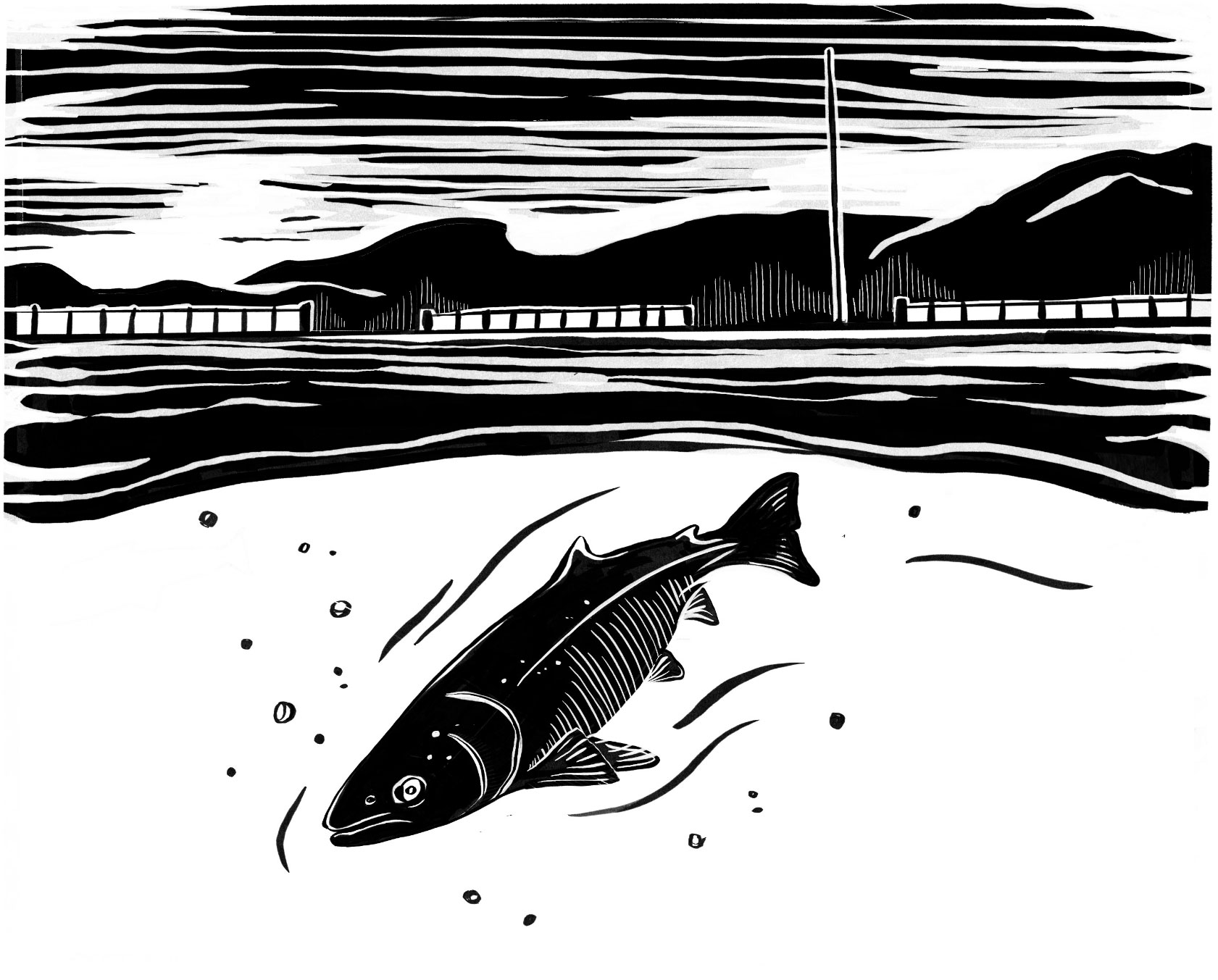
There are many other impacts and issues involved in open-net salmon farms, if you want to know more about what you are eating, go to our “Get informed” section and find the reports and scientific articles about this.

